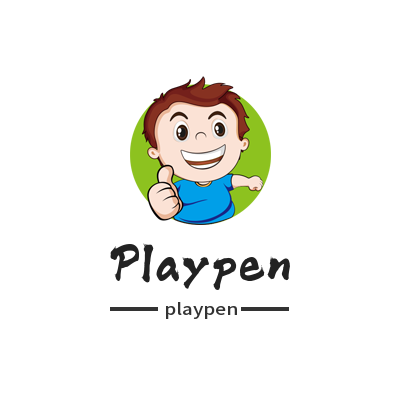When purchasing a playpen, there are a few specific safety standards you can focus on:
American standards: In the United States, baby playpens can refer to the standards issued by ASTM International (American Society for Testing and Materials), specifically ASTM F1004-19. This standard covers the size, structure, safety requirements, etc. of baby playpens.
European standards: In Europe, baby fences can refer to the EN 12227-1:2010 standard. This standard specifies the size, structure, material durability, safety requirements, etc. of baby playpens.
Canadian standards: In Canada, baby fences can refer to the CCPC-007-2019 standard, which includes regulations on the safety performance, structural requirements, dimensions, etc. of the fence.
These standards are designed to ensure the safety performance and quality of playpens to protect babies. When purchasing, you can check the product specifications or consult the seller to confirm whether the playpen meets relevant safety standards.
In addition, different countries and regions may have their own safety standards and regulatory requirements. So, depending on the country or region you are in, you can further understand and comply with the corresponding standards and regulations.

These standards apply primarily to playpens, while separate standards often apply to other types of baby products such as cribs or strollers.
For cribs, you can refer to ASTM F1169-19a (American standard) or EN 716-1:2017 (European standard). These standards stipulate the size, structure, materials, safety requirements, etc. of cribs.
For strollers, you can refer to ASTM F833-19 (American standard) or EN 1888:2018 (European standard). These standards stipulate the size, structure, material, safety performance, braking system and other aspects of strollers.
Different types of baby products may have different standards and specifications designed to ensure their safe and reliable performance. When purchasing a crib, stroller or other baby product, it is recommended that you check the safety standards of the applicable country or region and choose products that comply with the standards.
In addition, you can also seek advice from professional bodies or agencies, such as paediatricians, consumer safety organizations or relevant baby product testing laboratories, for more information and guidance on the safety of baby products.

